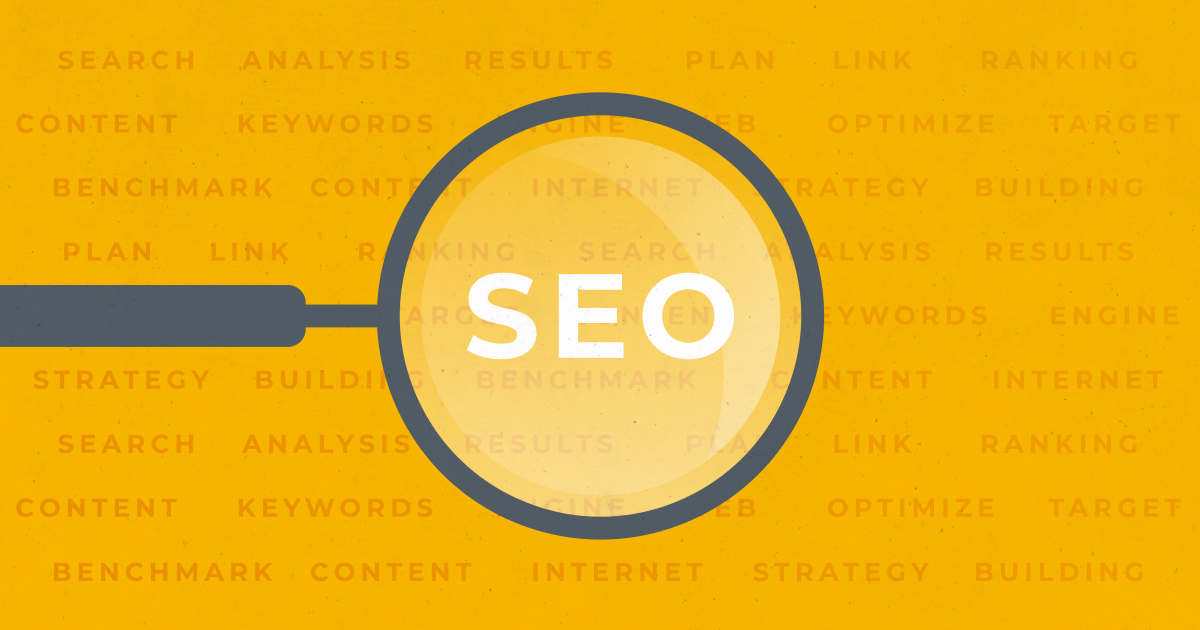SEO: What to Know
05.02.23 · Cory Capps
To digital marketers, SEO is like fairy dust – it can make your website sparkle and shine in the all-seeing eyes of Google.
But what happens if you don’t prioritize it? Though it might sound overly-dramatic, without Search Engine Optimization (SEO), your website may be lost in the depths of cyberspace. Just picture your content wandering aimlessly with no direction or purpose. Dismal, right?
But with a rigid SEO strategy in place, your website can soar to the top of search results, attracting the audience you need. So if you want to be the belle of the internet ball, don’t forget to sprinkle some SEO fairy dust throughout your digital content.
SEO Overview
Let’s start from the beginning — what is SEO? To keep it simple, SEO is the practice of optimizing websites and digital channels to improve visibility and ranking on search engines such as Google. It requires various techniques such as keyword research, on-page optimization, link building and content creation to increase organic traffic to your website.
SEO is important because it helps businesses attract potential customers who are actively searching for products or services they offer. By ranking higher on search engines, businesses can increase their online visibility, credibility, and ultimately, their revenue.
Optimizing Your Website for SEO
As you begin to optimize a website for SEO, you should start by researching relevant keywords and incorporating them into your website’s content, meta tags and URLs. Make sure your website has a clear and organized structure, with easy-to-navigate menus and a sitemap for search engines to crawl.
It’s imperative to keep a constant eye on your website’s loading speed and mobile responsiveness, as these are important ranking factors. Build high-quality backlinks from reputable websites and regularly update your website with fresh and engaging content.
It’s also important to note that file names and alt-tags play a role in website optimization. Be sure to use file names for images and videos that include keywords related to the page where these files will be displayed.
Finally, monitor your website’s analytics to track your SEO progress and make necessary adjustments.
Optimizing Social Channels for SEO
The first step toward optimizing social media content for SEO also begins with… you guessed it…conducting keyword research. Once you’ve gathered these keywords, incorporate them strategically into your social media profiles and posts – this includes in your headlines, captions and descriptions. Make sure they’re relevant to your topic though. SEO isn’t all about keyword-stuffing, it is to establish your site as a bona fide authority to a search engine.
On platforms such as Twitter, Instagram and LinkedIn, be sure to use relevant hashtags to increase visibility and engagement. Regularly post high-quality content that is shareable and relevant to your audience, keeping them coming back for more because now they view your brand as a thought leader.
An important thing to remember when posting to Instagram specifically is that photo posts perform well when they have longer captions and few hashtags. Captions can be interpreted by the Instagram algorithm about as effectively as hashtags can these days, so don’t be afraid to write those detailed captions.
When posting Reels on Instagram, the opposite is true. Keep your captions succinct and to the point, and then maximize the reach of your post by using up to 30 hashtags. The reason this works is because users don’t often expand a caption when watching a Reel. The Reel’s job is to tell the story.
Finally, track your performance using analytics tools and adjust your strategy as needed to improve your SEO rankings. You can’t know your efforts are successful unless you set goals, benchmarks, and tweak your strategy when needed.
